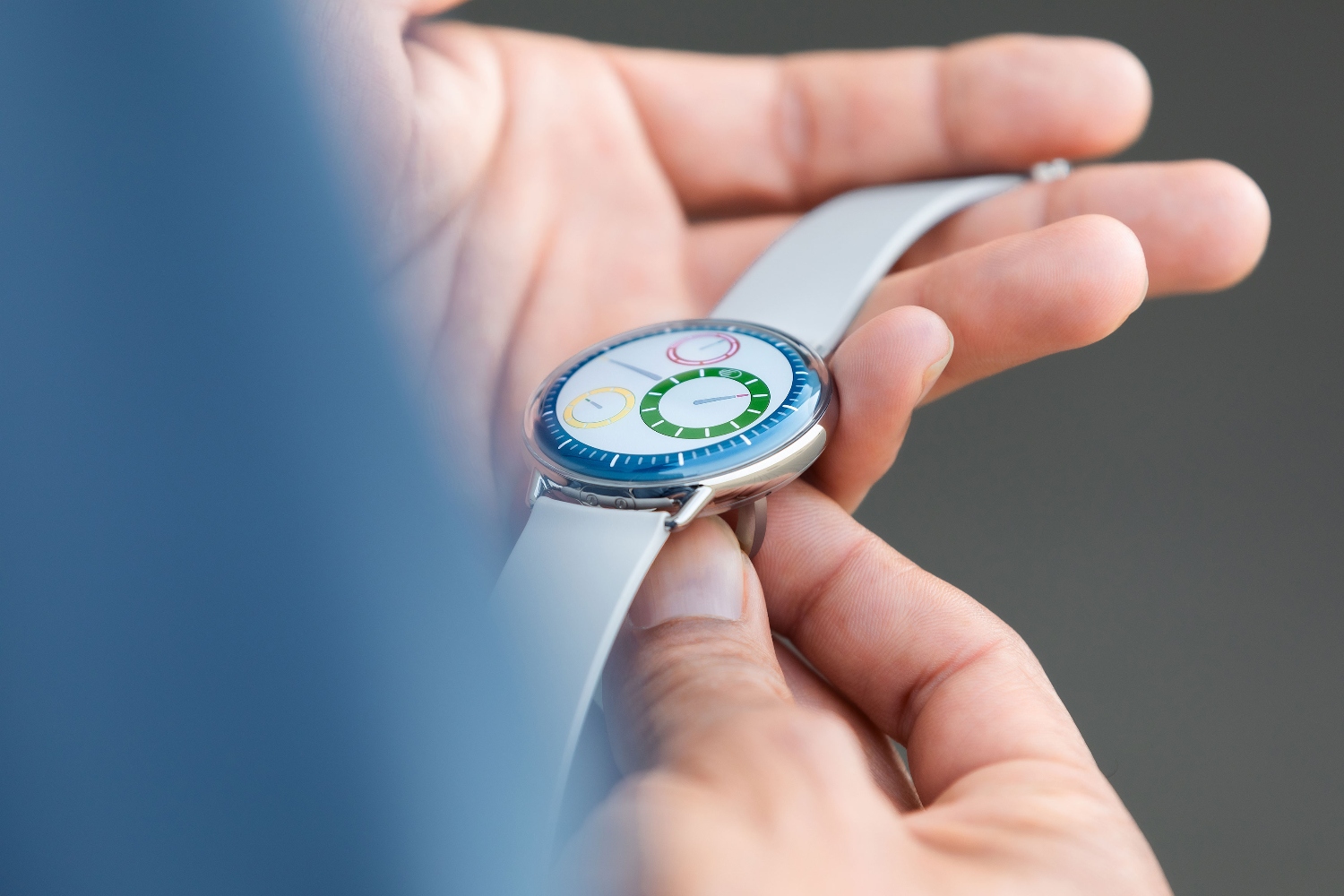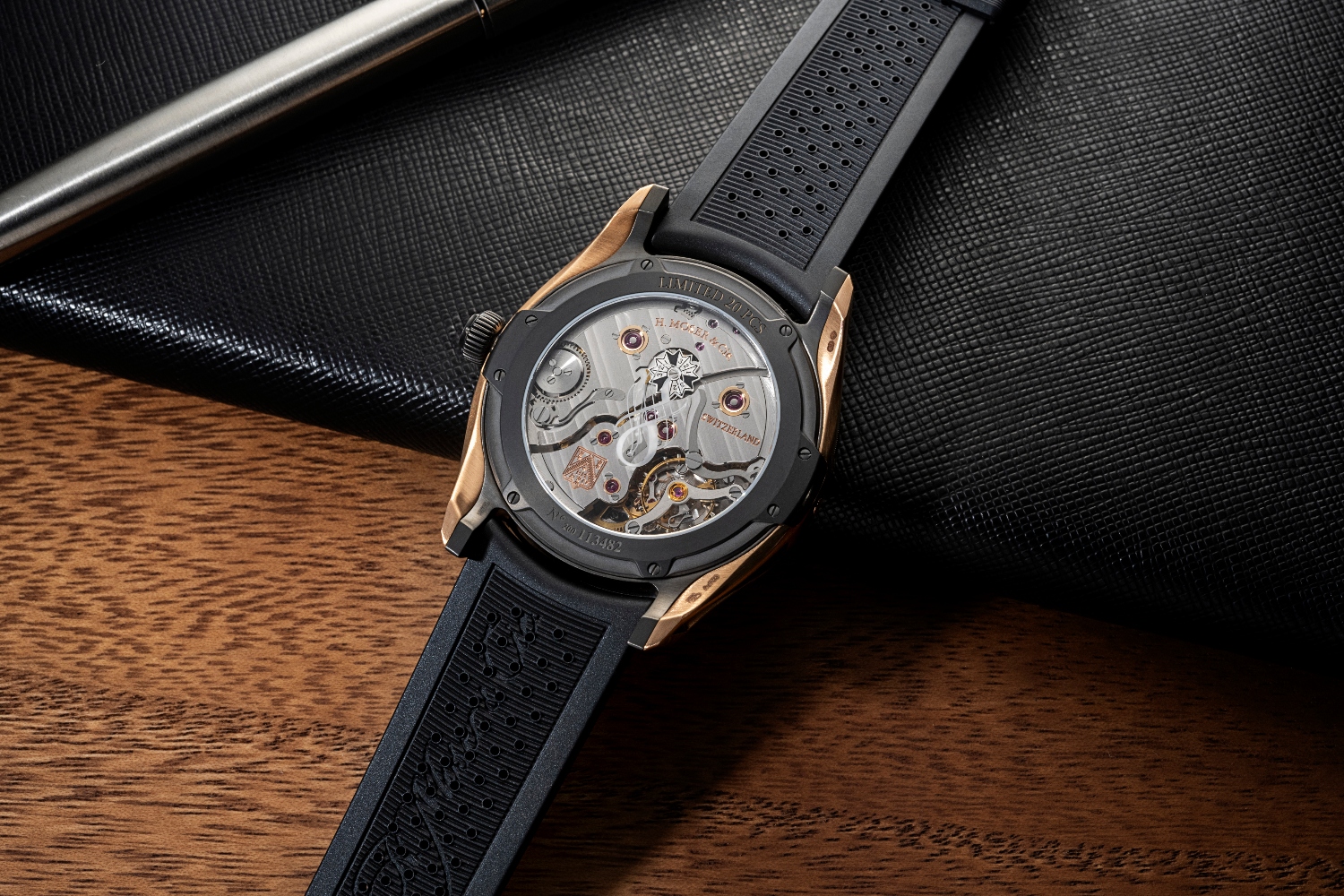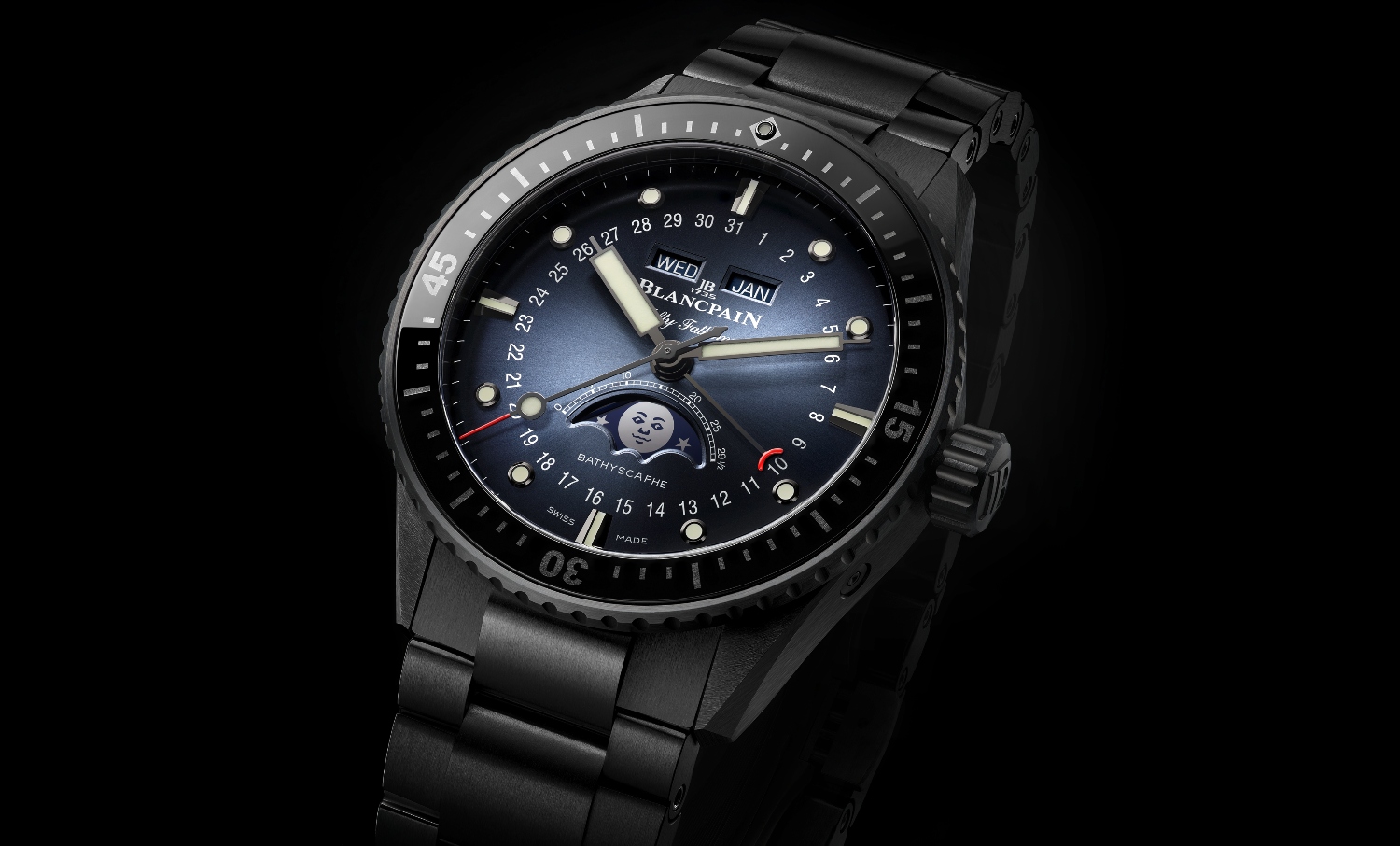The Latest News From World of Watches

Fistfull of Cash
Postponed from last year, the 10th Only Watch charity auction finally happened this May and managed to raise CHF28.3 million. Crucially, it also managed to come in under the radar slightly, since this auction was part of a series by Christie’s that was plagued by technical difficulties. Difficulties is putting it mildly because it actually attracted proper news coverage. For example, the Only Watch auction was conducted without Internet buyers as online bidding was suspended, as was the Michael Schumacher auction. Christie’s informed prospective buyers on the digital front that they had to place their bids by phone rather than online. Despite this kerfuffle (not to do with itself, conspiracy theories notwithstanding), Only Watch still managed to raise funds to benefit research into Duchenne Muscular Dystrophy. As it happens, the lion’s share of the CHF28 million was delivered by just one Patek Philippe, the unique Ref. 6301A-010. Nevertheless, all 47 brands that participated in the 10th Only Watch auction did mark their confidence in charity organisation and its work just by participating. To the watch industry, that too is worth a lot, perhaps even more than the top Patek Philippe lot. That watch hammered for CHF15.7 million, making it the star of the show, as Patek Philippe all too often is at auction. To wit, if you are a Patek Philippe watch, you only need to turn up to win best-in-show.
This is not always a win in Patek Philippe’s books though, as evidenced by Sylvester Stallone’s sale of his Grandmaster Chime Ref. 6300 for USD 5.4 million, a record for the auction house Sotheby’s. Various sources, including WatchPro, reported that the legendary Geneva watchmaker is none too pleased by the state of affairs here. In fact, WatchPro asked Patek Philippe CEO Thierry Stern what he thought about the sale, and he said this: “Of course we do not like it, but it can happen. I cannot control everybody. It is not fair for a client that may have been waiting for this piece for many years and then sees it being sold”. Of course, Stallone was not selling his watch for charity or anything like that, which may have changed things. It certainly did not help that the Rocky star and high-profile collector kept the watch in its packaging, indicating that it had never been worn.
Who's The "Bos"?

Richemont, the group that owns Cartier, Montblanc and IWC (among others), announced a management shift after Watches and Wonders Geneva, alongside its year-end financials. Nicolas Bos, CEO of Van Cleef & Arpels, has been tapped to succeed Jerome Lambert as Richemont CEO; this is not exactly the same role that Lambert had. Richemont is re-establishing the CEO role properly, after many of its functions were subsumed by Richemont Chairman Johann Rupert. The appointment appears in-line with Richemont’s impressive results for the year that passed. These results were achieved o the back of continuing growth in the jewellery segment, which also includes the Bos- helmed Buccellati. It only makes sense that the reinvigorated CEO role should go to someone from a jewellery Maison, and Cyrille de Vigneron (Cartier CEO) is approaching mandatory retirement age. Vigneron reports directly to Rupert. As for Lambert, he remains with Richemont, and on its board, as COO.
New Top Dog

Independent Swiss watchmaker Greubel Forsey announced earlier this year, shortly after Watches and Wonders Geneva, that CEO Antonio Calce would be stepping down. Replacing him is Michel Nydegger, who was the Head of Marketing and Communications and has been with the manufacture since 2016. Calce remains onboard though, serving as Vice President. These changes appear to take effect in August, though is not especially clear. What is clear though is that Greubel Forsey remains independent and that Calce retaining his shares. Founders Robert Greubel and Stephen Forsey also retain their shares so it is status quo on the equity front. There is plenty of speculation about a potential suitor for Greubel Forsey and thus the press release from the firm does take pains to reinforce the brand’s ongoing independence. Greubel Forsey did have Richemont as an equity holder, to the tune of 20%, until 2022, when it bought these back. Expect more news on this front.
Extra Time

As the world awaits its season of sporting excess, the international watch community (or watch fam as some prefer) will have its own spectacle to take in - different brand approaches to paying tribute to sporting excellence. For this story, Hublot takes pride of place as the UEFA kicks off (or will be ongoing as you read this) with its latest connected watch (the LVMH-preferred term for smartwatch), the Big Bang e Gen3 UEFA Euro 2024. Since it first took to the Euro pitch in 2008 with the UEFA, Hublot smartwatches have been luxury watchmaking’s sole standard bearer in what might be the world’s most egalitarian team sport. This is why Hublot is unique in embracing both a mainstream sport and the smartwatch; the special editions worn by match referees might be amongst the most collectible such watches in the world. The Gen3 watch, limited to 100 pieces, is powered by the Qualcomm® Snapdragon Wear 4100+ and is in a 44mm titanium case; the Gen3 was revealed to the world in 2022 during the FIFA World Cup of course.

The watch and Hublot ambassador Kylian Mbappé got to work before the UEFA competition got underway with a campaign called “Every second counts.” Even if Mbappé’s France do not win the day – and there is every chance they will – it is a win for Hublot anytime any announcement needs to be made.
IAMWATCH Debuts

An entire generation of collector remembers when retailer The Hour Glass organised “Tempus – The Great Watchscapade” 20 years ago, and following generations have only heard tell of it. This year, The Hour Glass is bringing the magic back with “IAMWATCH,” which it touts as a “new community engagement platform.” This four- day event runs 18-20 October for the public at the Singapore Edition Hotel (with 17 October being an invite-only day).

Thus far, the activities during the event, which is not billed as a “watch fair,” are tenuous but impressive given that participating brands include many powerhouse independents such as Kari Voutilainen, Felix Baumgartner and Max Busser. On the corporate powerhouse side, Jean Arnault and Patrick Pruniaux will also be present. There are more than 40 of these big names, which should be enough to get you to register your interest; IAMWATCH is a ticketed event and The Hour Glass encourages all guests to pre-register.
The Return of Singapore Watch Fair
In its second run at Resorts World Sentosa, the Singapore Watch Fair (SWF) has announced its dates for 2024, running from 2-6 October. WOW is once again a media partner for this event, where we had a booth, to introduce ourselves to the watchmakers who came to town. Last year, these included Ludovic Ballouard, Sartory Billard, Peterman Bedat and local favourite Vincent Calabrese, who has been coming to our shores for many years. This illustrates the fact that even though this is officially the third instalment of the Singapore Watch Fair, it has been part of watch culture here for some time, originally as part of the popular JeweLuxe show. While the lineup this year has not been confirmed at press time (May), we are assured that big and important things are afoot (see our interview with SWF Director and Co-Founder Nelson Lee). The panel discussions and plenary sessions, always a major draw, will be in place along with more immersive experiences. Interestingly, this will be only the first public watchmaking showcase this year, although it is not ticketed and anyone can attend (although registration is mandatory for security reasons). For more information, check out singaporewatchfair.com.
This article is slated to appear in WOW’s Summer 24 Issue, out soon.
For more on the latest in watch reads, click here.


































